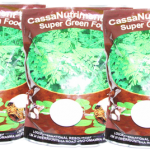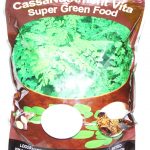As a Food Source
This extremely versatile fruit can be prepared and eaten in all stages of development and maturity, ripe as a fruit or mature as a vegetable. Today mature fruits are used for most dishes due to the breadfruits potato-like texture.
Nutrition
Breadfruit is gluten free and packed with nutrients. It was one of several “super foods” in ancient times (along with taro & coconut) that enabled the Hawaiians to colonize the eight main Hawaiian islands with what may have been close to 1 million people!
Breadfruit is high in carbohydrates and a good source of antioxidants, calcium, carotenoids, copper, dietary fiber, energy, iron, magnesium, niacin, omega 3, omega 6, phosphorus, potassium, protein, thiamine, vitamin A and vitamin C. Breadfruit also contains some carotenoids and lutein which is not present in white rice or white potato. A ½ cup of breadfruit provides 25% of the RDA for fiber and 5 to 10% of the RDA for protein, magnesium and potassium. As the fruit ripens starches convert to sugars and the fruit softens to a custard like consistency. This sweet custard can be eaten raw.
Breadfruit, Artocarpus altilis (Parkinson) Fosberg, has been a staple food and traditional crop in the Pacific for more than 3000 years and is widely cultivated in the Caribbean and other tropical regions. Distribution of breadfruit began in the late 1790s under the leadership of Captain Bligh in his voyages beginning with the Bounty and, eventually, successfully transporting 678 plants to Vincent and Jamaica. Recently, methods have been developed for large-scale propagation and mass production of breadfruit plants for worldwide distribution. The regenerated breadfruit plants have been found to be free of bacterial, fungal, or virus contamination, and are vigorous and rapidly growing. The distribution of these plants provides the first opportunity for large-scale development of the crop for food security and commercial products.
SOURCES:
https://www.sciencedirect.com/topics/immunology-and-microbiology/breadfruit




